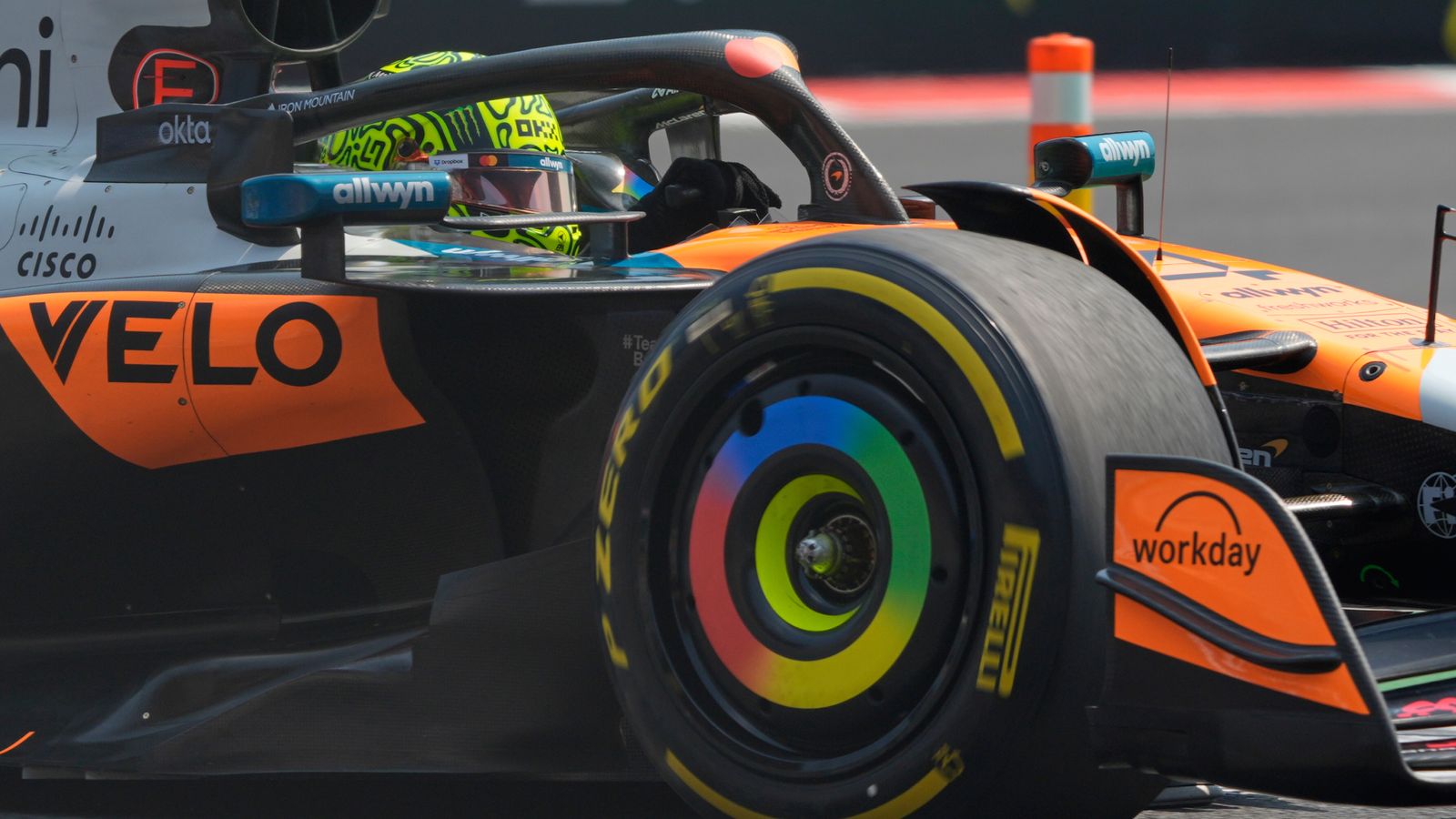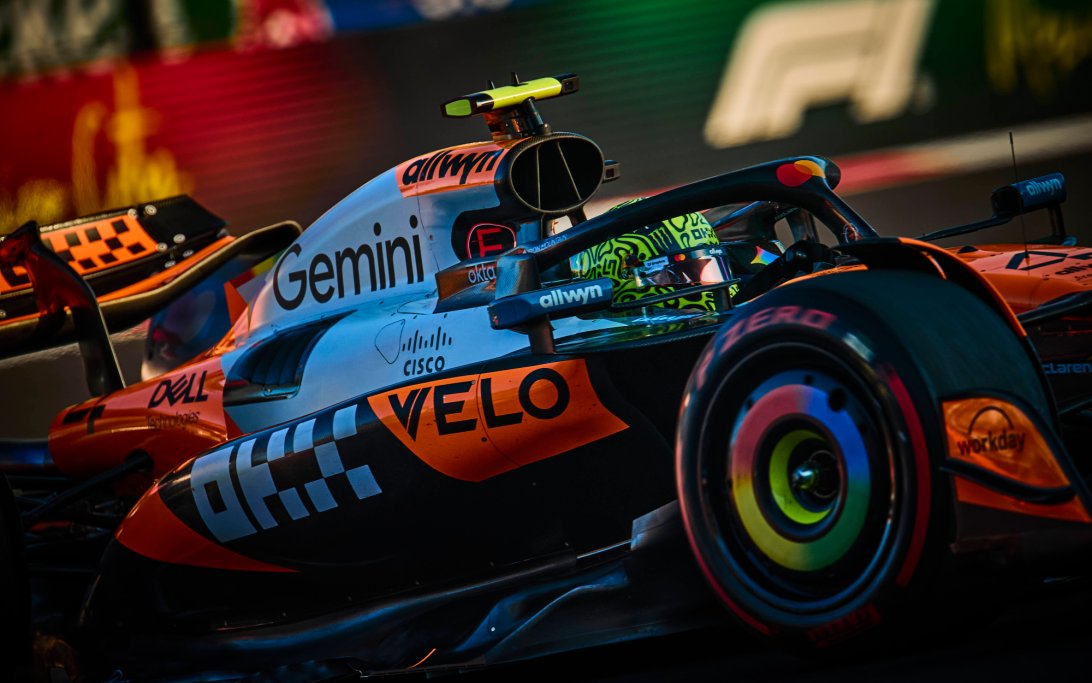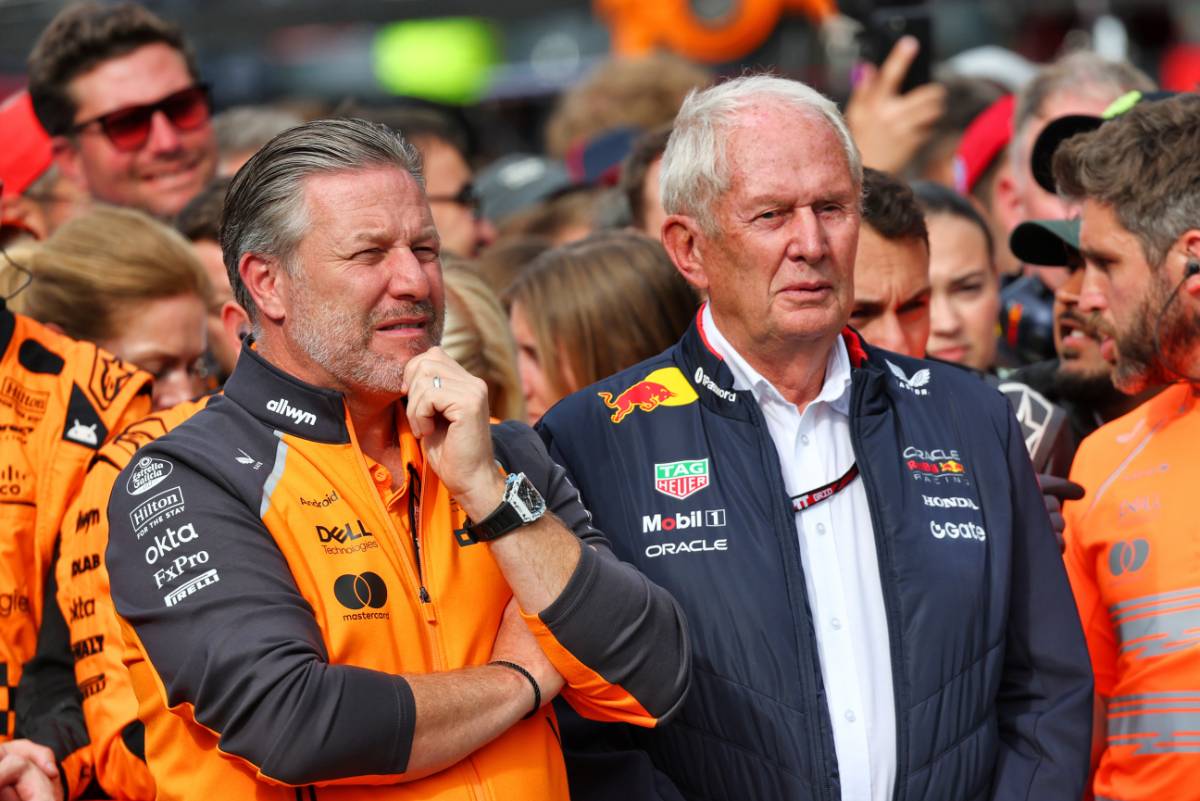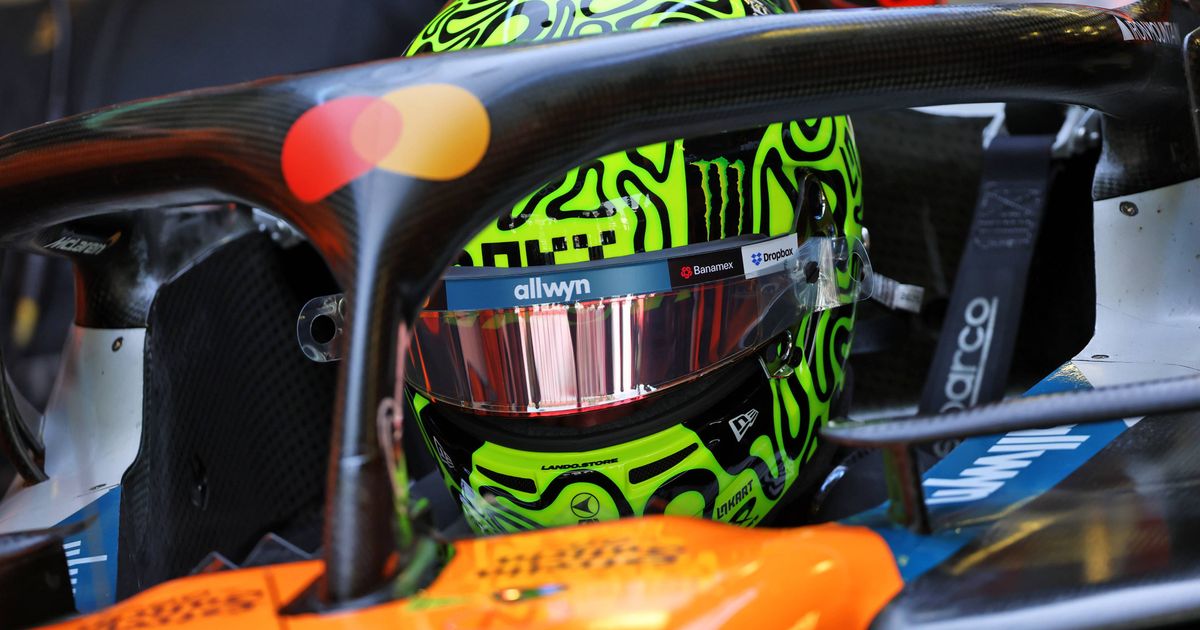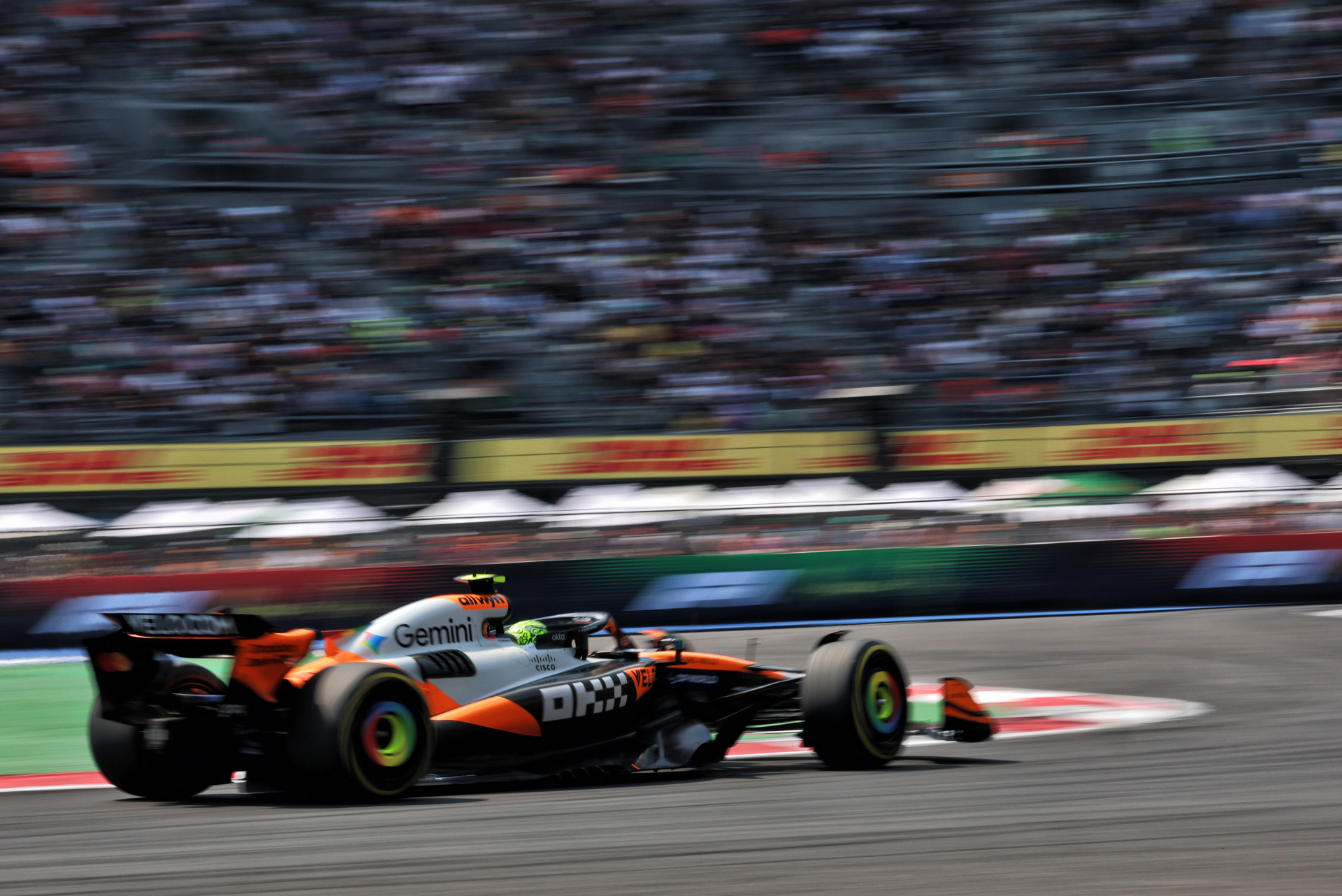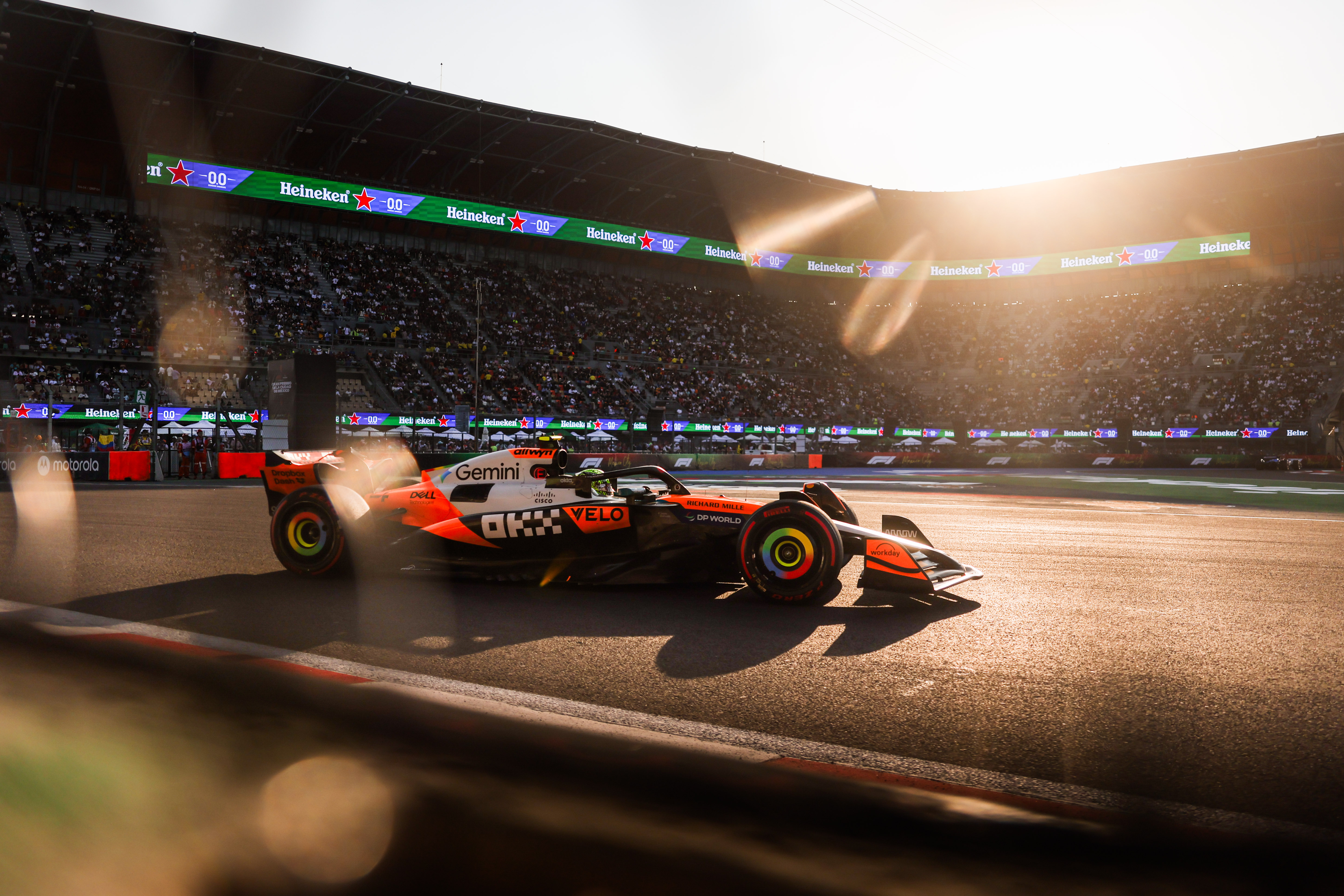
F1 2026 Rules: Smartest Drivers Will Thrive, Alex Albon Highlights Mental Challenge
Alex Albon has stated that the revolutionary F1 2026 rules will reward the smartest drivers who can "abuse the system," making a comparison to Formula E.
Why it matters:
The 2026 Formula 1 season will introduce vastly different regulations, primarily focusing on increased electrification of the hybrid power unit systems. This shift will demand new skills from drivers, particularly in energy management and adapting to active aerodynamics.
The big picture:
- New Car Characteristics: The chassis and aerodynamic regulations are being redesigned around the new power units, moving away from ground effect. Early simulator tests suggest a significantly different handling experience, making cars mentally taxing to drive.
- Energy Management: With an equal split between the internal combustion engine and hybrid components, drivers will need to master power unit deployment and efficiency. Albon highlighted this as the main challenge, stating it requires a different driving style.
- Driver Adaptability: Albon believes success will hinge on a driver's mental capacity to understand and exploit the new system. "The drivers who are really going to go well on this are the ones that can be really adaptable," he explained. This means a shift from purely cornering ability to also mastering the power unit dynamics.
Formula E Comparison:
The increased electrification brings F1 closer to Formula E in terms of energy management. While F1 won't adopt the extreme "lift and coast" techniques seen in Formula E, Albon acknowledges the all-electric series as a more "extreme version of where we're going to go to." He suggests that drivers who can manipulate deployment and manage energy will gain a significant performance advantage, though not to Formula E's extent.
What's next:
- Intensive Preparation: The upcoming winter break for drivers will be anything but relaxing. Albon expects a heightened focus on simulator work to understand the new cars and develop effective driving styles.
- Team Collaboration: Teams like Williams are forming active working groups with power unit suppliers (e.g., Mercedes High-Performance Powertrains) to prepare drivers and gather crucial data, ensuring optimal adaptation to the 2026 regulations.
Original Article :https://www.planetf1.com/news/f1-2026-will-reward-smart-drivers-alex-albon-as-fo...


